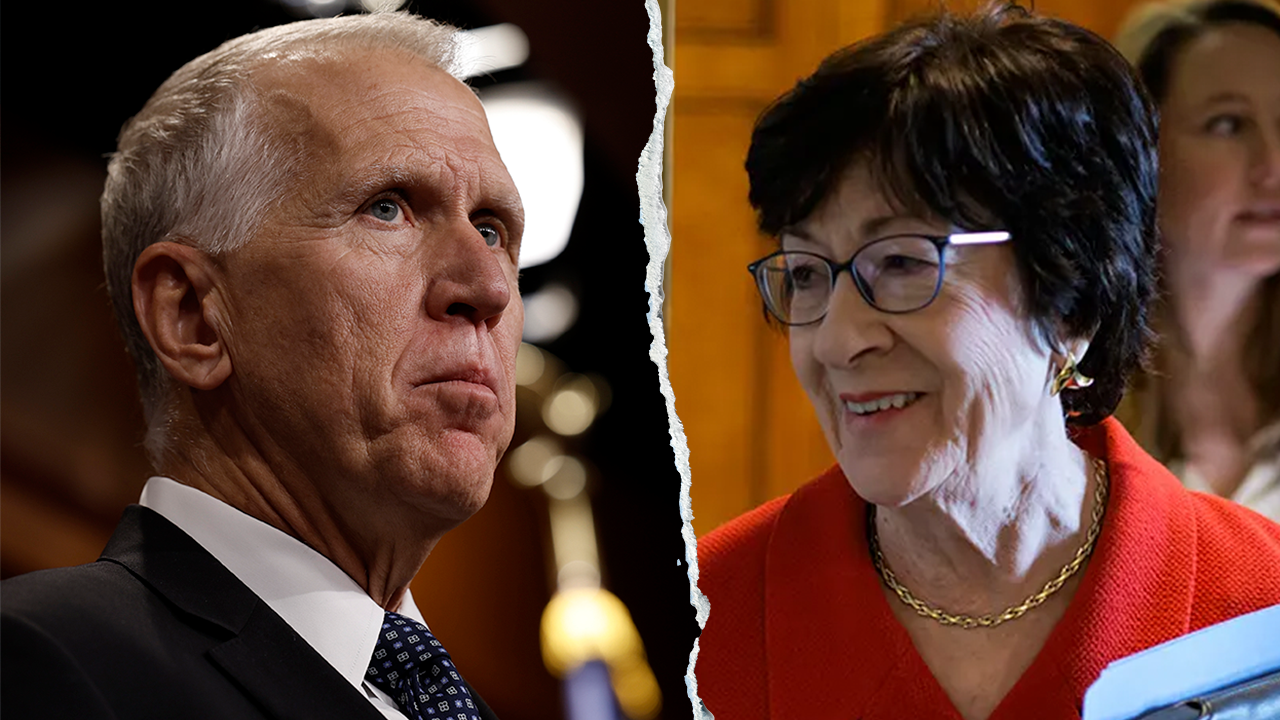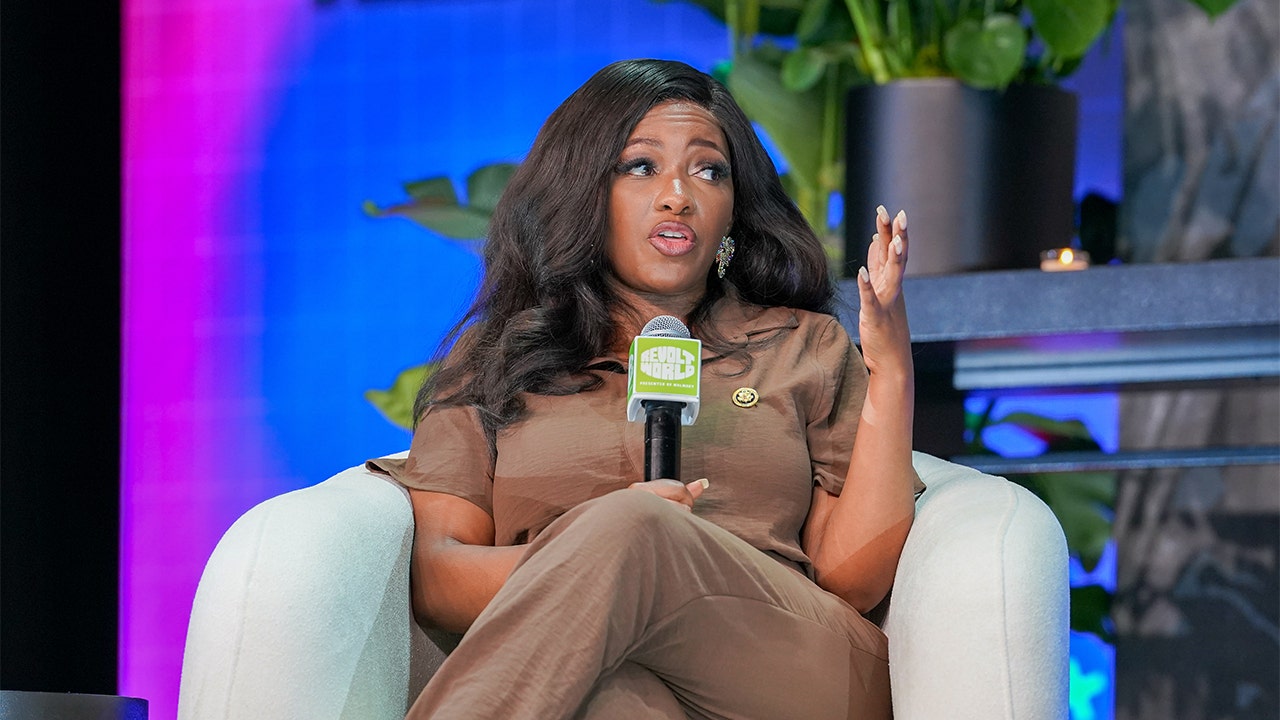Who are the most vulnerable Senate Republicans in 2026?

The 2026 U.S. Senate elections are shaping up to be a crucial battleground, with 35 Senate seats up for grabs. At least four key states are expected to determine the balance of power in the Senate and potentially impact the control of all three branches of government during the second half of President Donald Trump’s term.
In 2025, Republicans currently hold a slim majority in the Senate, with a 53-47 advantage, including two independent senators who caucus with the Democrats. Several Republican incumbents, including Sens. Thom Tillis, Susan Collins, Jon Husted, John Cornyn, and Bill Cassidy, are facing tough challenges to retain their seats in the upcoming election cycle.
The Democratic Senatorial Campaign Committee (DSCC) has already announced their leadership team for the 2026 election cycle, with Sen. Kristen Gillibrand, D-N.Y., serving as chair and Sens. Mark Kelly, Adam Schiff, and Lisa Blunt Rochester as vice chairs. While the DSCC has not yet announced their target races for next year, they are optimistic about their chances in the upcoming midterm elections.
According to DSCC Spokesman David Bergstein, Democrats have a favorable Senate map with many offensive opportunities, especially given the growing backlash against Republicans. With more Republican seats to defend, the GOP is facing a challenging political environment in the upcoming elections.
In key battleground states like North Carolina, Republican Sen. Thom Tillis is facing scrutiny from within his party for his moderate stance on issues like gun control, LGBTQ+ rights, and immigration. Despite his efforts to align with the Republican base, Tillis is running behind former President Trump in North Carolina, raising concerns for his reelection prospects.
In Maine, Republican Sen. Susan Collins, another moderate Republican, is also facing challengers from both sides of the political spectrum. Collins has a history of breaking with her party on key issues and has been critical of Trump’s policies, which could play in her favor in the politically divided state.
Ohio’s Republican Sen. Jon Husted, who was appointed to fill a vacancy in 2025, will need to campaign in the upcoming special election to retain his seat. Husted’s close ties to Gov. Mike DeWine and his moderate Republican views could make him a strong contender in the race.
In Texas, Sen. John Cornyn is preparing for potential primary challenges from Trump-aligned candidates, including Rep. Wesley Hunt and Texas Attorney General Ken Paxton. While Cornyn is solidly conservative, he has clashed with Trump on certain issues, setting the stage for a competitive primary race.
Louisiana Sen. Bill Cassidy is also facing a tough primary challenge in 2026, with former Rep. John Fleming already declaring his candidacy. Cassidy’s criticism of Trump and his vote to convict the former president during his impeachment trial have alienated him from some within the Republican Party.
As Republicans work to defend their incumbent Senate seats, the National Republican Senatorial Committee (NRSC) has identified four battleground states – Georgia, Michigan, New Hampshire, and Minnesota – as opportunities to pick up seats and expand their slim majority in the Senate. With the political landscape in flux, the 2026 Senate elections are shaping up to be a pivotal moment in American politics.




